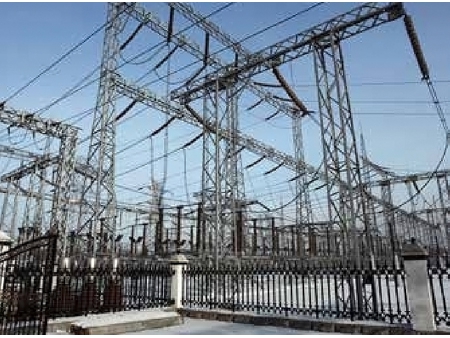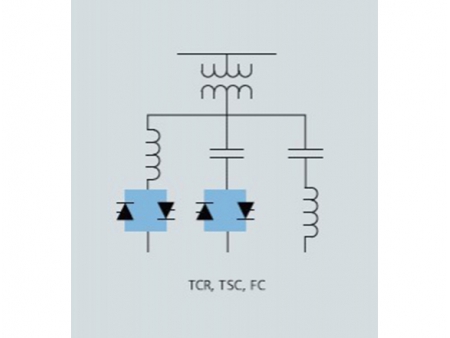SVC for Utility
SVC is used in HV power transmission networks to improve power transmission and distribution performance of the power system. The SVC is installed at one or more positions of the power grid to stabilize the weak system voltage, increase the damping under small interference, raise transient steady-state limits, and improve the transmission capability, ensuring the power grid reaches maximum efficiency and reduces transmission loss.
In addition, SVC installed in the distribution network will also improve the distribution network’s stability and significantly reduce voltage fluctuation.
SVCs are used to improve power system transmission and distribution performances and should be installed at one or several grid points in order to achieve the following:
- Stabilize weak voltage
- Reduce the transmission losses
- Enhance transmission capacity and ensure the existing grid is at it’s most efficient
- Improve transient stability
- Increase the resistance in the small interference
- Enhance the voltage control and stability
- Mitigate the power oscillation
SVC strongly safeguards grid-connection operations.
Rongxin’s SVC carry out a quick and precise capacitive and inductive reactive compensation, which will stabilize the bus voltage and increase its power factor as well as fully solve reactive power releasing problems. When a new SVC is installed, the original fixed capacitor bank is also be fully utilized, and only TCR is required. SVC reaches the optimum effect with minimum investment, and it has become the most effective method for improving regional grid power quality.
The SVC used in the power system, particularly those in a transmission network, are generally a TCR TSC FC structure, as described below:
- Single-line diagram of TCR TSC FC
- Typical TCR TSC FC SVC project




